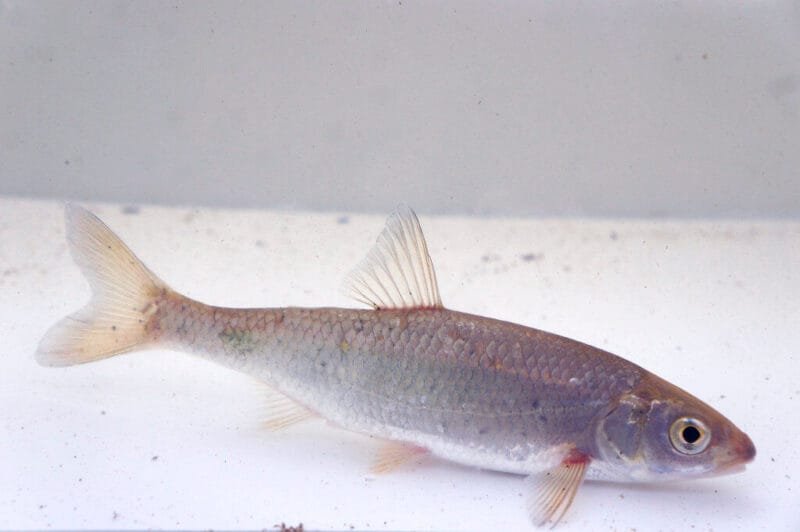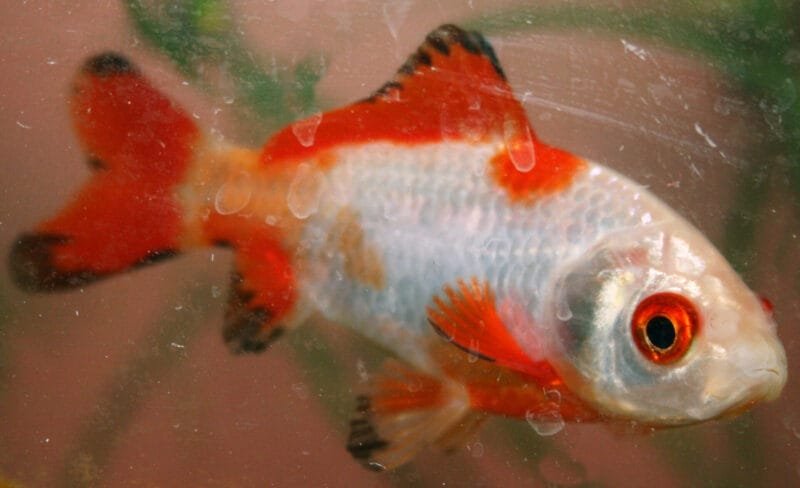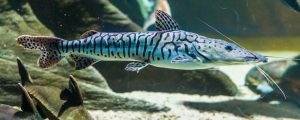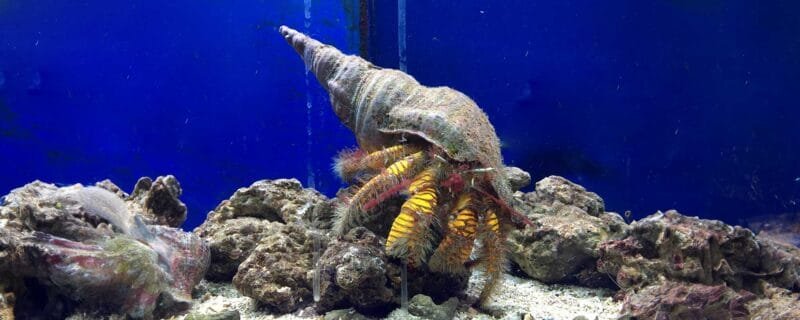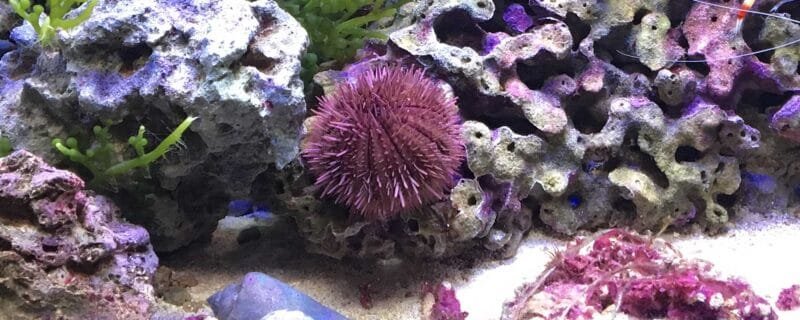The Weather Loach (Misgurnus anguillicaudatus), also known as the Dojo Loach, is a popular freshwater fish among aquarists for its unique appearance and intriguing behavior. Often called a “living barometer,” this species can sense changes in atmospheric pressure and becomes more active before storms. Native to East Asia, the Weather Loach is prized for its adaptability, peaceful nature, and long lifespan. It is a perfect addition to a community aquarium, particularly for hobbyists seeking a hardy and engaging bottom dweller.
Native Habitat and Distribution
The Weather Loach is native to East Asia, primarily found in China, Japan, Korea, and parts of Siberia. It inhabits slow-moving rivers, ponds, ditches, and rice paddies—areas with muddy or sandy substrates. These habitats often experience seasonal fluctuations in temperature and oxygen levels, which have made the species remarkably resilient to varied conditions. Because of its hardiness, it has been introduced to many regions worldwide, including Europe and North America, where it thrives in cooler freshwater environments.
Size and Appearance
Weather Loaches typically grow between 8 to 12 inches (20 to 30 cm) in captivity, though wild specimens may reach up to 14 inches. They have elongated, eel-like bodies covered in smooth, mucus-coated skin with tiny embedded scales. Their coloration varies from yellow-brown to olive, often mottled with darker spots. Albino and golden varieties are also common in the aquarium trade and feature a striking pale yellow or creamy hue with pinkish eyes.
Behavior and Temperament
Known for their curious and playful personalities, Weather Loaches are highly active, especially during feeding times or before storms. They often wriggle through substrate, burrow, or rest with only their heads visible. Despite their energy, they are peaceful and rarely bother tankmates. These loaches are also social and should be kept in groups of at least three to promote natural behaviors and reduce stress.
Diet and Feeding
Weather Loaches are omnivores with a healthy appetite. In the wild, they consume insect larvae, small crustaceans, worms, and plant material. In captivity, they readily accept a variety of foods, including sinking pellets, flakes, frozen bloodworms, brine shrimp, and vegetables like blanched spinach or cucumber. A diverse diet ensures they receive proper nutrition and exhibit their best coloration and vitality. Feeding should occur in the evening when they are most active.
Sexing Weather Loaches
Distinguishing between males and females can be subtle. Males generally have more muscular bodies and larger, paddle-shaped pectoral fins, while females tend to be rounder, especially when carrying eggs. The differences are easier to spot in mature fish.
Breeding Behavior
Breeding Weather Loaches in home aquariums can be challenging, as they require specific environmental cues. In the wild, spawning often coincides with seasonal rains and cooler water temperatures. To encourage breeding, simulate these conditions by lowering the water temperature slightly and performing frequent water changes. Females scatter eggs among fine plants or substrates, and males fertilize them externally. After spawning, it is best to remove the adults to prevent them from eating the eggs. Fry can be fed infusoria or finely crushed flakes once they hatch.
Water Conditions and Tank Setup
Weather Loaches thrive in cooler freshwater aquariums with temperatures between 64°F and 75°F (18°C to 24°C). They prefer a slightly alkaline pH of 6.5 to 8.0 and soft to moderate hardness. Since they are active burrowers, provide a soft sandy substrate to prevent injury. Include smooth rocks, driftwood, and plenty of hiding spots created by caves or plants. A secure lid is essential, as these loaches can jump out of the tank during storms or when startled.
Good filtration and aeration are crucial, as Weather Loaches enjoy well-oxygenated water. Regular partial water changes help maintain high water quality. Their tolerance for temperature variations makes them ideal for unheated indoor aquariums, especially in temperate climates.
Tank Mates and Compatibility
Weather Loaches are peaceful bottom dwellers that get along well with a variety of community fish. Ideal tank mates include:
Avoid aggressive or overly large species that may nip their fins or outcompete them for food. Their calm disposition makes them suitable for peaceful community tanks.
Ease of Care
Weather Loaches are considered an excellent choice for intermediate aquarists, though beginners with some experience can also manage them successfully. Their resilience to a wide range of conditions makes them forgiving of minor fluctuations. However, maintaining stable water parameters and providing a proper substrate are key to their long-term health. They are sensitive to medications containing copper, so always use loach-safe treatments when necessary.
Species Variations and Albino Forms
The Albino Weather Loach is a popular color morph featuring a pale cream or golden body with red or pink eyes. It exhibits the same behaviors and care requirements as the standard form but offers a visually striking contrast in planted aquariums. Other regional variations exist, with subtle differences in body shape and coloration depending on their geographic origin.
Interesting Facts
One of the most fascinating aspects of the Weather Loach is its ability to detect changes in barometric pressure. Before a storm, these loaches become noticeably restless, swimming frantically or even darting to the surface—a behavior that earned them the nickname “Weather Fish.” Additionally, they can gulp air from the surface and absorb oxygen through their intestines, allowing them to survive in low-oxygen environments or even temporarily out of water.
Conclusion
The Weather Loach (Misgurnus anguillicaudatus) is an enduring favorite among freshwater enthusiasts for its hardiness, personality, and unique weather-sensing behavior. Whether you’re a seasoned aquarist or just beginning your fish-keeping journey, this fascinating species brings life and activity to any aquarium. By providing the right habitat, diet, and companions, your Weather Loach can thrive for many years—sometimes over a decade—offering endless enjoyment and intrigue.
FAQs About Weather Loach
1. How big do Weather Loaches get?
In home aquariums, Weather Loaches typically reach 8 to 12 inches (20 to 30 cm) in length. Their growth depends on tank size, diet, and overall care conditions.
2. Can Weather Loaches live with goldfish?
Yes. Weather Loaches make excellent companions for Goldfish, as both species prefer cooler water temperatures and share similar dietary needs. Just ensure the tank is spacious and well-filtered to accommodate both.
3. Why does my Weather Loach act strangely before a storm?
Weather Loaches can detect changes in barometric pressure, which often occur before rainfall or storms. Their increased activity is a natural response to these shifts, making them a fun and accurate natural “weather predictor.”

